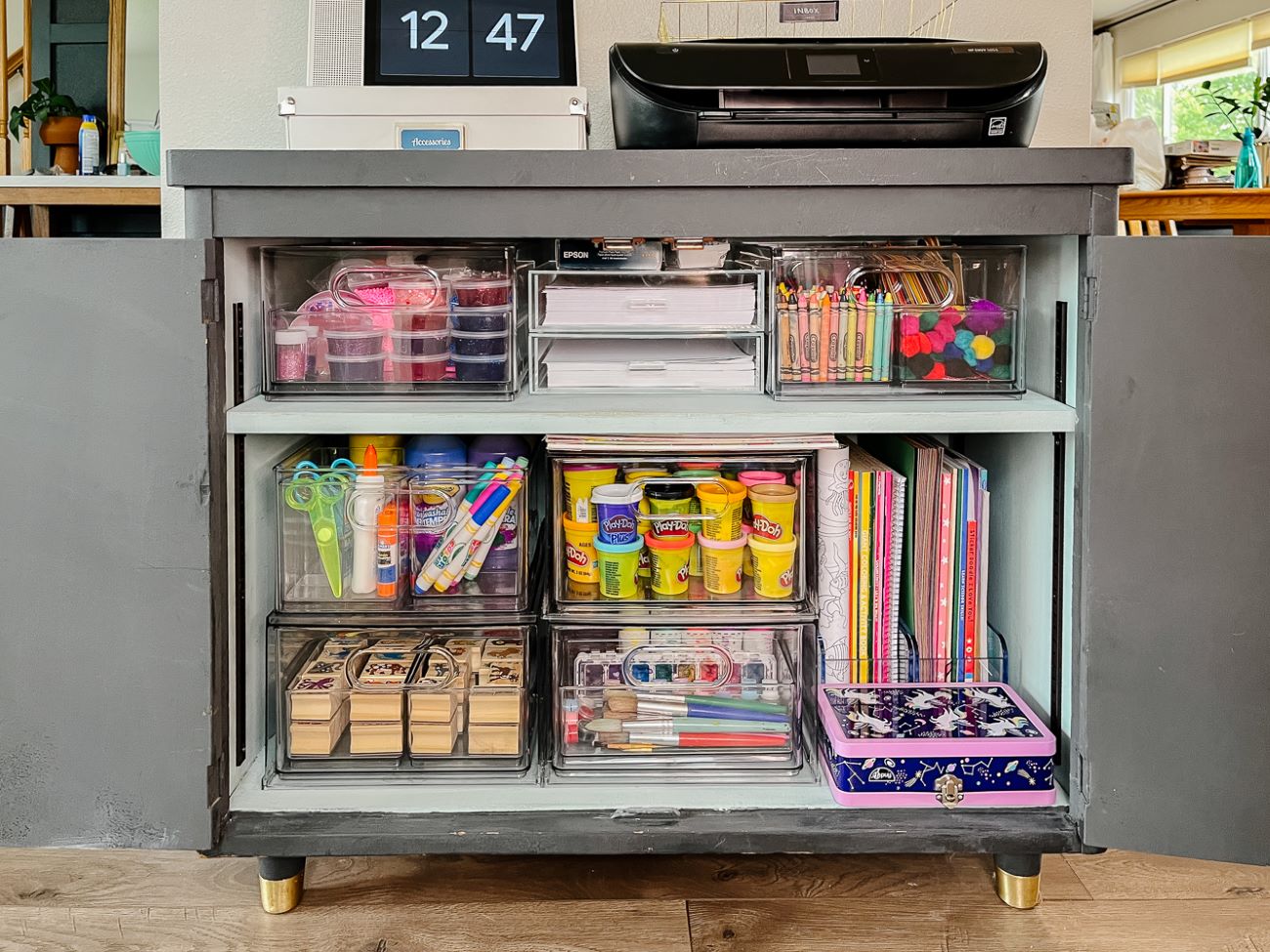

Articles
How To Store Art Supplies In A Small Space
Modified: January 7, 2024
Learn how to store your art supplies in a small space with these helpful articles. Maximize storage and keep your supplies organized efficiently.
(Many of the links in this article redirect to a specific reviewed product. Your purchase of these products through affiliate links helps to generate commission for Storables.com, at no extra cost. Learn more)
Introduction
Do you love to create art, but struggle with limited space to store your supplies? Whether you’re an aspiring artist in a small apartment, a student with a cramped dorm room, or someone who simply needs to maximize their available storage space, this article is here to help. In this guide, we’ll provide you with practical tips and creative solutions for storing art supplies in a small space.
Art supplies can quickly accumulate and become overwhelming if not properly organized and stored. From paintbrushes and paints to sketchbooks and easels, finding space for all your materials can feel like a daunting task. However, with some thoughtful planning and strategic storage solutions, you can transform even the tiniest corner into a functional art supply hub.
We’ll cover everything from assessing your storage needs to choosing the right storage solutions and making use of vertical and wall space. We’ll also explore how to maximize space in small drawers and shelves, utilize portable storage options, and create a dedicated art supply station. Additionally, we’ll provide tips on how to maintain and clean your art supplies to keep them in top condition.
So, whether you’re a painter, sketch artist, or mixed media enthusiast, get ready to discover creative ways to store your art supplies in a small space. Let’s dive in!
Key Takeaways:
- Transform even the tiniest space into a functional art supply hub with strategic storage solutions, maximizing vertical and wall space, and utilizing portable options for easy access and organization.
- Create a dedicated art supply station that reflects your personality, keeps your workspace clutter-free, and maintains your art supplies in top condition for a productive and inspiring artistic journey.
Read more: How To Store Posters
Assessing Your Storage Needs
Before you dive into finding storage solutions for your art supplies, it’s important to assess your storage needs. Take inventory of all the materials you have and categorize them by type. This could include paints, brushes, drawing tools, papers, sketchbooks, and any other supplies relevant to your art practice.
Once you have a comprehensive list, consider the quantity and size of each item. Are you working with large canvases or primarily small sketchbooks? Are your paint tubes scattered or neatly stored in a box? Understanding the dimensions and quantity of your supplies will help you determine the most efficient storage options.
Next, evaluate your available space. Take measurements of all the nooks and crannies where you can potentially store your art supplies. Consider both vertical and horizontal spaces – from floor to ceiling, as well as wall space. By identifying these areas, you’ll have a better sense of which storage solutions will work best for your specific space.
Take into account the accessibility and convenience factor. If you frequently use certain supplies, you’ll want to have them easily accessible. On the other hand, materials that are used less often can be stored in less accessible areas. This balance will help you optimize your storage while maintaining functionality.
Lastly, assess your budget. Storage solutions can range from simple DIY ideas to purchasing specialized art storage furniture. Determine how much you’re willing to invest in your storage and prioritize where you want to allocate your budget.
By assessing your storage needs, considering the quantity and size of your supplies, evaluating available space, and factoring in accessibility and budget, you’ll have a solid foundation for finding the right storage solutions for your art supplies in a small space. Let’s explore some creative options!
Choosing the Right Storage Solutions
When it comes to storing art supplies in a small space, choosing the right storage solutions is crucial. It will help you maximize your storage capacity while keeping your supplies organized and easily accessible. Here are some considerations to keep in mind:
- Modularity: Opt for modular storage solutions that can be custom configured to fit your specific space. Look for shelves, drawers, or containers that can be stacked or rearranged as needed. This flexibility will allow you to adapt your storage to your changing needs.
- Transparency: Consider using transparent storage containers or bins. Being able to see the contents at a glance will save you time and help you locate specific supplies quickly.
- Dividers and Inserts: Look for storage solutions that come with dividers or inserts. These can help keep your supplies neatly separated and prevent them from getting tangled or damaged.
- Portability: If you need to frequently move your art supplies or work in different locations, consider using portable storage options. Toolboxes or art supply caddies with compartments are great for this purpose.
- Vertical Storage: Utilize verticals spaces by installing pegboards, wall-mounted shelves, or hanging organizers. These options can free up valuable floor or desk space while keeping your supplies within reach.
- Stackable Containers: Invest in stackable storage containers or bins. They will help you make the most of limited space by allowing you to build upwards rather than outwards.
Remember to consider the specific needs of your art supplies when choosing storage solutions. Some materials, like paints and markers, may require airtight containers to prevent drying out. Delicate drawing tools might need specialized cases or sleeves for protection. Take into account the fragility or sensitivity of certain supplies and choose storage options accordingly.
Additionally, don’t be afraid to get creative and think outside the box. Look for unconventional storage solutions that can repurpose everyday items. For example, a spice rack can be used to hold paint tubes, or a cutlery tray can be used for organizing brushes and pens.
By considering factors such as modularity, transparency, dividers, portability, vertical storage, and stackability, you’ll be well on your way to choosing the right storage solutions for your art supplies in a small space. Now, let’s explore some strategies for making the most of your vertical space!
Maximizing Vertical Space
When you’re working with a small space, it’s important to make the most of every available inch, including vertical space. Here are some strategies to help you maximize vertical storage for your art supplies:
- Pegboards: Install a pegboard on the wall to create a versatile storage system. Use hooks, pegs, and baskets to hang and store your art supplies. This allows you to customize the layout and easily rearrange items as needed.
- Wall-Mounted Shelves: Install wall-mounted shelves above your workspace or along empty walls. This provides additional storage space for items like books, sketchbooks, or containers of frequently used supplies.
- Hanging Organizers: Utilize hanging organizers, such as fabric pockets or shoe organizers with clear pockets, on the back of doors or walls. These can hold smaller supplies like pens, markers, or paintbrushes.
- Mounted Jars: Attach jars, cups, or planters to the wall to hold brushes, pens, and other tall objects. This keeps them easily accessible while freeing up desk or table space.
- Overhead Storage: Take advantage of overhead space by installing shelves or hanging storage bins from the ceiling. This is particularly useful for storing bulky items or materials you don’t use regularly.
Remember to optimize the use of vertical space by grouping similar items together. For example, create a section for paint supplies, another for drawing tools, and so on. This not only keeps your supplies organized but also makes it easier to find what you need when you’re in the middle of a project.
Another tip is to label your storage areas. Use adhesive labels or a label maker to clearly mark the contents of each shelf or container. This ensures that everything has its designated spot and helps you maintain a tidy and organized workspace.
By implementing these strategies and utilizing pegboards, wall-mounted shelves, hanging organizers, mounted jars, and overhead storage, you can effectively maximize vertical space and create an efficient storage system for your art supplies in a small space. Now, let’s explore other areas where you can make use of unused space.
Utilizing Wall Space
When you have limited floor space, it’s essential to utilize every available surface, including your walls. Here are some creative ways to make the most of your wall space for art supply storage:
- Wall-Mounted Pockets: Install fabric pockets or canvas organizers on your walls. These pockets can hold a variety of supplies like paintbrushes, pencils, rulers, and scissors, keeping them within easy reach.
- Hanging Wire Baskets: Hang wire baskets on the wall to hold smaller items like tubes of paint, jars of ink, or even rolls of tape. This allows you to keep your work area clear while still having everything accessible.
- Magnetic Strips: Attach magnetic strips or metal sheets to your wall, then use magnets to hold metal tools like scissors, rulers, and metal palettes. This is a great space-saving solution for easy access to frequently used items.
- Mounted Corkboards or Pinboards: Install a mounted corkboard or pinboard on the wall to pin notes, inspiration, and smaller items like sketches or reference photos. This keeps your desk clutter-free while keeping important materials visible.
- Clipboards: Hang clipboards on the wall to hold papers, sketches, or reference images. This provides an easy way to keep your current projects organized and readily accessible.
- Wall-Mounted Tool Racks: Install a wall-mounted tool rack with hooks or pegs to hang larger tools like easels, frames, or cutting mats. This keeps these bulkier items off the floor and within reach when needed.
Be sure to utilize the full height of your wall space. From floor to ceiling, every inch can be used to hang storage solutions or display your art supplies. Don’t forget to make use of corners and the space above and below shelves or cabinets.
Consider your workflow and arrange your wall storage in a way that makes sense for your artistic process. Place frequently used supplies within easy reach and organize items by category or purpose. This will make it easier for you to find what you need quickly and maintain a tidy workspace.
By utilizing wall-mounted pockets, wire baskets, magnetic strips, mounted corkboards, clipboards, and tool racks, you can effectively utilize your wall space for storage and create a functional and organized art studio, even in a small area. Now, let’s explore other unused areas where you can store your art supplies.
Read more: How To Store Crafts
Making Use of Unused Areas
When you’re working with a small space, it’s important to think creatively and make use of every available nook and cranny. Here are some ideas for utilizing unused areas for art supply storage:
- Underneath Furniture: Maximize the space underneath your furniture, such as a bed or desk, by using storage containers or bins. This is a great spot for storing bulkier items or materials you don’t need frequent access to.
- Over-the-Door Organizers: Hang over-the-door organizers on the back of doors to store smaller supplies like paints, brushes, or sketchbooks. This area is often overlooked and can provide valuable storage without taking up additional floor or wall space.
- Inside Cabinet Doors: Attach hooks or small baskets to the inside of cabinet doors to hold brushes, scissors, or other small tools. This utilizes space that would otherwise go unused and keeps your supplies neatly organized.
- Shoe Organizers: Repurpose hanging shoe organizers by using the pockets to store art supplies. Each pocket can hold items like pens, markers, paint tubes, or even small sketchbooks. Hang the shoe organizer on a wall or on the back of a door for easy access.
- Unused Corners: Place corner shelves or storage units in unused corners to maximize your storage potential. These shelves can hold a variety of supplies, from paints and brushes to reference books and containers of paper.
- Inside Closet Doors: Install hooks or mounted bins on the inside of closet doors to hold supplies like scissors, rulers, or tape. This keeps these smaller items easily accessible and frees up valuable shelf or floor space.
When identifying unused areas, be mindful of safety considerations. Ensure that any storage solutions are securely attached and won’t pose a hazard or obstruct pathways within your space. It’s also important to keep in mind the weight limits of any storage solutions you’re using to prevent damage or accidents.
By thinking creatively and utilizing the space underneath furniture, over-the-door organizers, inside cabinet doors, shoe organizers, unused corners, and inside closet doors, you can find innovative ways to store your art supplies in previously overlooked areas. Now, let’s explore strategies for organizing small drawers and shelves.
Consider using clear storage containers to easily see and access your art supplies in a small space. Stackable containers can also help maximize storage space.
Organizing Small Drawers and Shelves
When you have small drawers and shelves, it’s crucial to maximize their efficiency and keep them organized. Here are some strategies for organizing your art supplies in small drawers and shelves:
- Drawer Dividers: Use drawer dividers to create compartments within the drawer. This allows you to separate different types of supplies and keep them organized. Consider using adjustable dividers to accommodate different sizes of items.
- Small Containers or Jars: Use small containers or jars to hold smaller items like paintbrushes, pens, or markers. This keeps them contained and prevents them from rolling around in the drawer.
- Stackable Storage Bins: Utilize stackable storage bins or containers to make the most of vertical space within the drawer. These bins can hold items like tubes of paint, small tools, or other art supplies.
- Labeled Pouches or Bags: Organize similar items together by storing them in labeled pouches or reusable bags. For example, you can have a pouch for colored pencils, another for erasers, and so on. This makes it easy to find what you need without rummaging through the entire drawer.
- Drawer Liners: Consider using drawer liners or non-slip mats to prevent items from shifting or sliding around when opening and closing the drawer. This helps maintain the organization and keeps your supplies in place.
- Utilize Shelf Organizers: For small shelves, use shelf organizers like baskets, bins, or cubbies to maximize the storage space. These can hold different sized supplies and keep your shelves tidy and organized.
- Vertical Magazine Holders: Use vertical magazine holders to store sketchbooks, notebooks, or folders. This keeps them upright and easily accessible without taking up too much space on the shelf.
When organizing small drawers and shelves, be mindful of the layout and accessibility of your supplies. Store frequently used items in the most accessible areas, while items that you use less often can be placed in the back or higher shelves.
Keep in mind that ongoing decluttering and reorganization are essential to maintain an efficient storage system. Regularly review your supplies and remove any items that are no longer needed or have expired. This will help you free up space and keep your art supplies organized and easily accessible.
By using drawer dividers, small containers or jars, stackable storage bins, labeled pouches or bags, drawer liners, shelf organizers, and vertical magazine holders, you can effectively organize your art supplies in small drawers and shelves. Now, let’s explore portable storage options for those who need flexibility in their art supplies storage.
Utilizing Portable Storage Options
If you’re someone who needs flexibility in your art supplies storage or often work in different locations, portable storage options are a great solution. Here are some ideas for utilizing portable storage to keep your art supplies organized and easily transportable:
- Art Supply Caddies: Invest in an art supply caddy or tote with compartments to store and transport your essential supplies. These caddies come in various sizes and are designed to hold items like brushes, pens, paints, and sketchbooks.
- Toolboxes: Consider using a toolbox with multiple compartments and trays to organize your tools and supplies. Look for a toolbox with removable dividers so you can customize the storage space to fit your specific needs.
- Travel Bags or Cases: If you often work on-the-go, invest in a travel bag or case specifically designed for art supplies. These bags typically have designated pockets and compartments for different materials, ensuring that everything stays organized and protected during transit.
- Portable Art Easels: If you work with larger canvases or prefer to paint outdoors, a portable art easel with storage compartments can be a valuable asset. These easels often have built-in storage for paints, brushes, and other art materials.
- Rolling Carts: A rolling cart with shelves or drawers provides both storage and portability. These carts are versatile and can hold a variety of supplies, making it easy to move your art materials from one location to another.
- Filing Boxes or Art Portfolios: If you work with paper-based materials, consider using filing boxes or art portfolios to store and transport your artworks, drawings, or prints. These options protect your work while allowing for easy organization and transport.
When utilizing portable storage options, make sure to keep your supplies well-organized within the designated compartments or containers. Secure any loose items to prevent damage during transportation. Labeling the different compartments can help you quickly locate specific supplies, especially when working in a fast-paced environment.
Remember to consider the size and weight of the portable storage options you choose. You want them to be easily transportable without sacrificing the safety and protection of your art supplies.
By utilizing art supply caddies, toolboxes, travel bags or cases, portable art easels, rolling carts, filing boxes, or art portfolios, you can efficiently organize and transport your art supplies to different locations as needed. Now, let’s explore the benefits of creating a dedicated art supply station.
Creating a Dedicated Art Supply Station
Having a dedicated art supply station is essential for any artist, especially when working in a small space. Designating a specific area for your art supplies not only helps keep them organized but also creates a space that inspires creativity. Here are some tips for creating an effective art supply station:
- Choose a Dedicated Space: Designate a specific area in your home as your art supply station. It could be a corner of a room, a desk, or even a portable table. Having a dedicated space allows you to focus on your art and keeps your supplies readily accessible.
- Organize Supplies by Category: Organize your art supplies by category and store them in containers or drawers within your art supply station. Group similar items together, such as brushes, paints, pens, and sketchbooks. This makes it easier to find what you need and minimizes clutter.
- Utilize Vertical and Wall Space: Install shelves or pegboards on the wall above or near your art supply station. This will provide additional storage space for frequently used supplies, reference materials, and inspiration. Hanging organizers or hooks can hold tools and brushes within reach.
- Keep a Clean and Clutter-Free Workspace: Clear your art supply station of any unnecessary clutter and maintain a clean workspace. This promotes a sense of calm and allows you to focus on your art without distractions. Regularly clean your supplies and wipe down surfaces to keep your station in top condition.
- Display Your Work: Showcase your completed artworks or works in progress in your art supply station. This not only adds a personal touch but also serves as a source of inspiration during your creative process.
- Personalize Your Space: Make your art supply station a reflection of your personality. Add decorations, artwork, or inspirational quotes that resonate with you. Creating a space that feels comfortable and inspiring will enhance your artistic experience.
- Consider Lighting: Ensure that your art supply station is well-lit to provide optimal lighting for your work. Natural light is ideal, but if that’s not possible, invest in a good desk lamp or overhead lighting that mimics natural light to prevent eyestrain and accurately illuminate your artwork.
By creating a dedicated art supply station, you establish a space that is solely dedicated to your creative process. It helps you stay organized, provides inspiration, and sets the stage for a productive artistic environment. Make it a place that you look forward to spending time in and allow it to enhance your artistic journey.
Now that you have a well-organized art supply station set up, it’s important to know how to maintain and clean your art supplies. Let’s dive into some tips for keeping your materials in top condition.
Read more: How To Store Paintings
Maintaining and Cleaning Your Art Supplies
Proper maintenance and cleaning of your art supplies are essential for preserving their quality and ensuring their longevity. Here are some tips to help you maintain and clean your art supplies:
- Brushes: Clean your brushes thoroughly after each use to remove any paint or residue. Rinse them in lukewarm water and use a gentle soap or brush cleaner to remove any remaining pigment. Reshape the bristles and let the brushes dry completely before storing them horizontally or upright.
- Paints and Pigments: Close paint tubes tightly after each use to prevent them from drying out. Store them in a cool, dry place away from direct sunlight. You can also add a damp sponge or cloth to the container or palette to help keep the paint moist for longer periods.
- Pencils and Drawing Tools: Keep pencils sharp and clean by regularly using a pencil sharpener and wiping the graphite or pigment residue off with a soft cloth. Avoid using excessive pressure, as it can damage the pencil leads or tips.
- Palette and Mixing Trays: Clean your palette and mixing trays with warm water and mild soap after each use. Remove any dried paint or residue using a palette knife or scraper. Dry them thoroughly before the next use to prevent paint from contaminating new colors.
- Clean Surfaces: Keep your workspace and surfaces clean to prevent dust or debris from getting onto your artwork. Use a soft cloth or specialized cleaning wipes to wipe down your work area regularly.
- Storage Containers: Clean and organize your storage containers, drawers, and shelves regularly. Remove any dust, spills, or debris to maintain a clean and tidy storage space for your art supplies.
- Handle Materials with Care: Treat your art supplies with care and avoid dropping or mishandling them. Fragile items like glass bottles or certain types of paints can break or spill, causing damage to your workspace or other supplies.
Additionally, it’s important to stay updated with product-specific maintenance requirements. Different art supplies may have specific care instructions based on their materials or characteristics. Consult the manufacturer’s instructions or do research to ensure that you are properly maintaining your supplies.
Regularly assess your art supply inventory and discard any dried-out paints, empty tubes, or damaged supplies. This will help keep your collection organized and free up space for new materials.
By following these maintenance and cleaning tips, you can ensure that your art supplies remain in top condition and are ready for use whenever inspiration strikes. With a dedicated cleaning routine, your supplies will last longer and provide consistent performance throughout your artistic journey.
Now that you have a comprehensive understanding of how to store, organize, and maintain your art supplies in a small space, you’re ready to embark on your creative endeavors with ease and efficiency. Remember, optimizing your storage, keeping your supplies clean, and setting up a dedicated art supply station are key to maximizing your creative potential. Happy creating!
Conclusion
Storing art supplies in a small space can be a challenge, but with the right strategies and creativity, it is possible to create an organized and functional setup. By assessing your storage needs, choosing the right storage solutions, maximizing vertical space, utilizing wall space, making use of unused areas, organizing small drawers and shelves, utilizing portable storage options, creating a dedicated art supply station, and maintaining and cleaning your art supplies, you can optimize your space and keep your materials in top condition.
Remember to assess your storage needs and consider the size and quantity of your supplies. Choose storage solutions that are modular, transparent, and portable while utilizing vertical and wall space to maximize storage capacity. Make use of unused areas such as underneath furniture, over-the-door organizers, and inside cabinet doors.
Keep small drawers and shelves organized with dividers, containers, and labels. Utilize portable storage options like art supply caddies and toolboxes when you need flexibility or work in different locations. Create a dedicated art supply station that reflects your personality and allows for a clutter-free workspace. And don’t forget to maintain and clean your art supplies on a regular basis to prolong their lifespan.
By implementing these strategies and maintaining an organized and functional art supply storage system, you can unleash your creativity without being hindered by a lack of space. Your art supplies will be easily accessible, well-organized, and ready for your artistic endeavors whenever inspiration strikes.
Now it’s time to start implementing these tips and transforming your small space into an efficient and inspiring art oasis. Get ready to unleash your creativity and enjoy the artistic journey!
Frequently Asked Questions about How To Store Art Supplies In A Small Space
Was this page helpful?
At Storables.com, we guarantee accurate and reliable information. Our content, validated by Expert Board Contributors, is crafted following stringent Editorial Policies. We're committed to providing you with well-researched, expert-backed insights for all your informational needs.
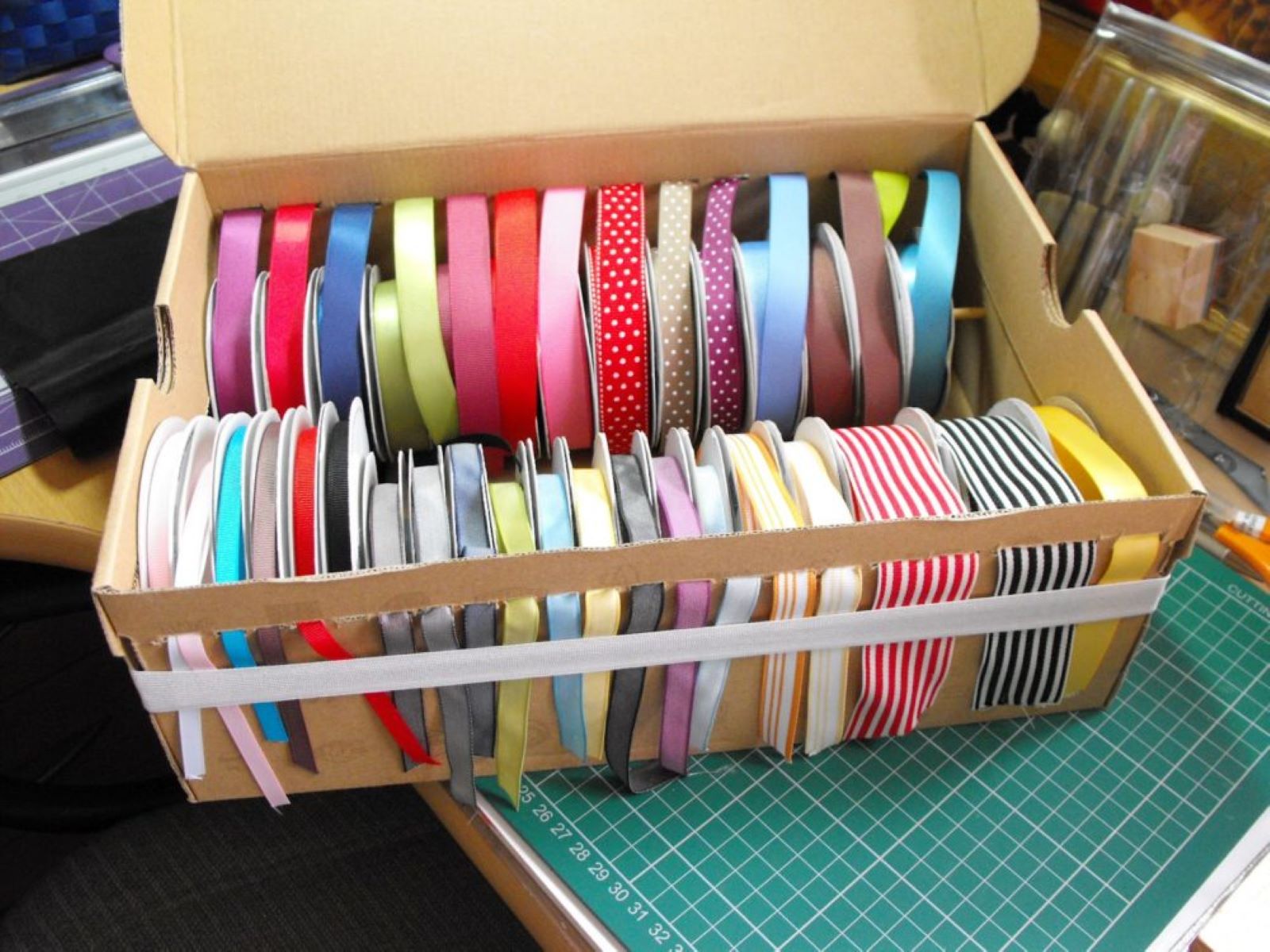
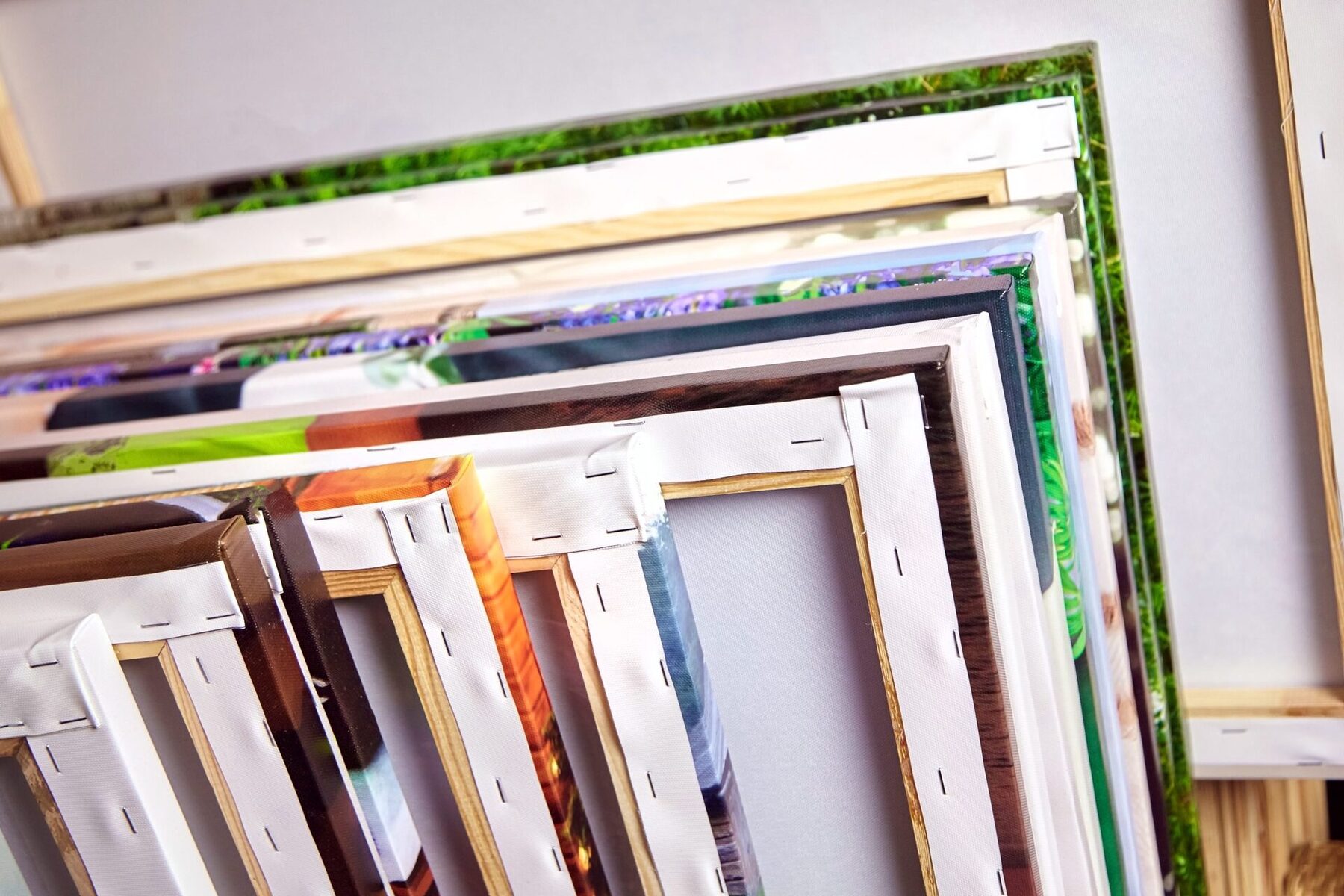
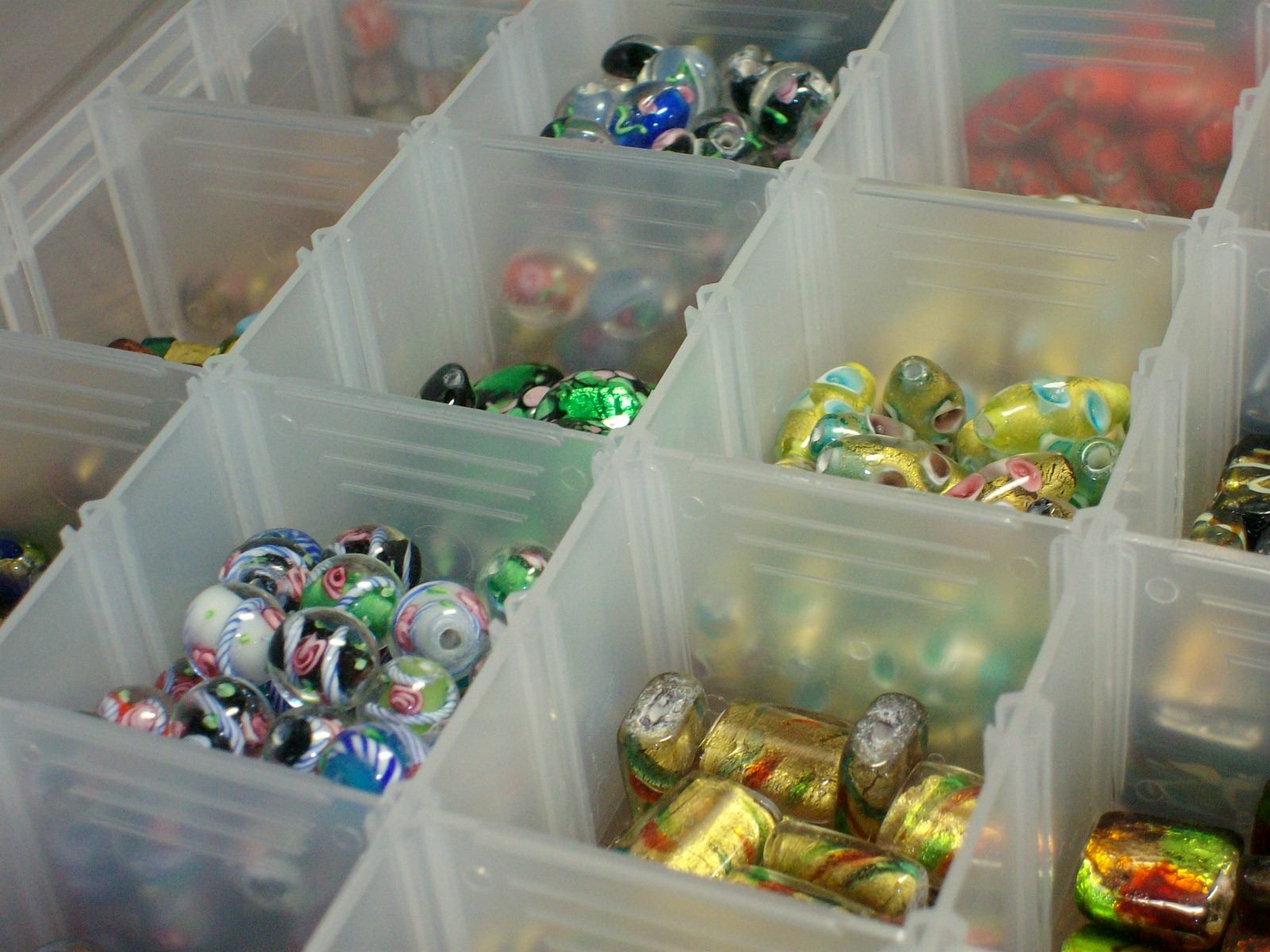
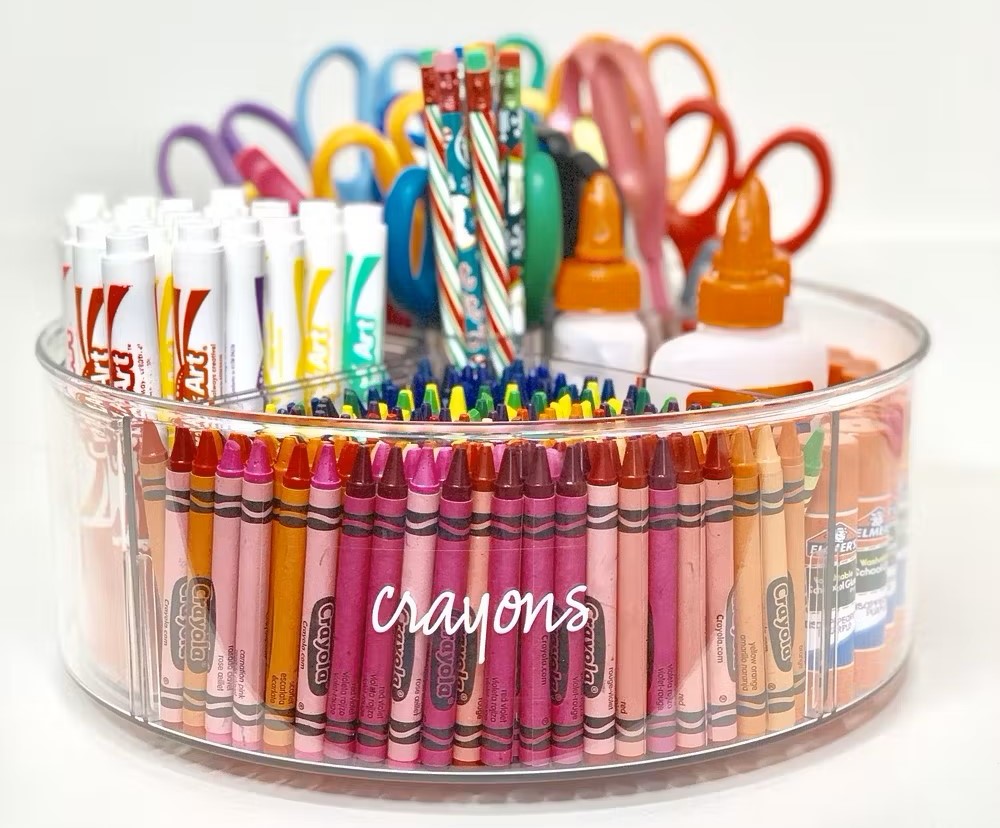

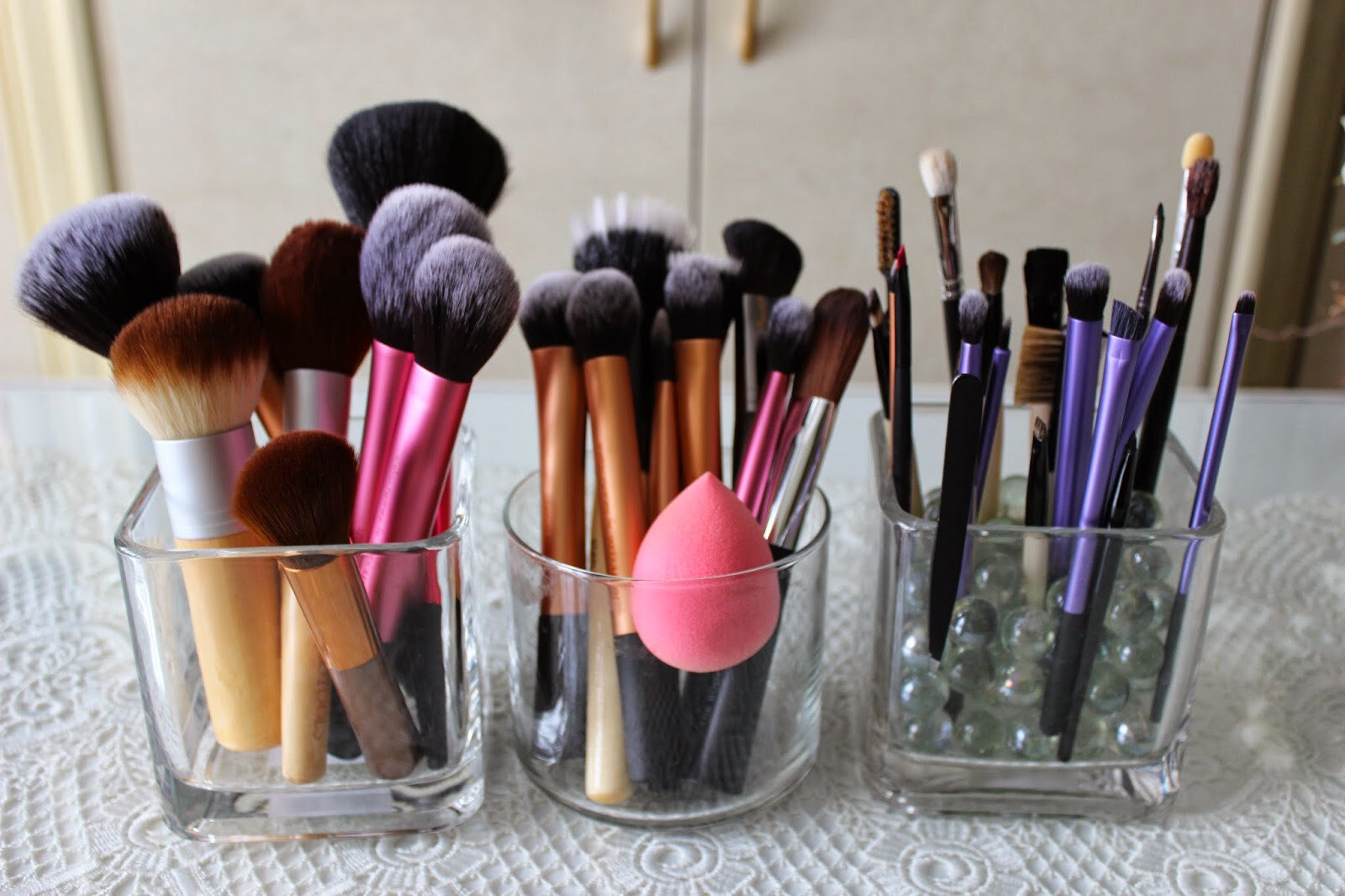
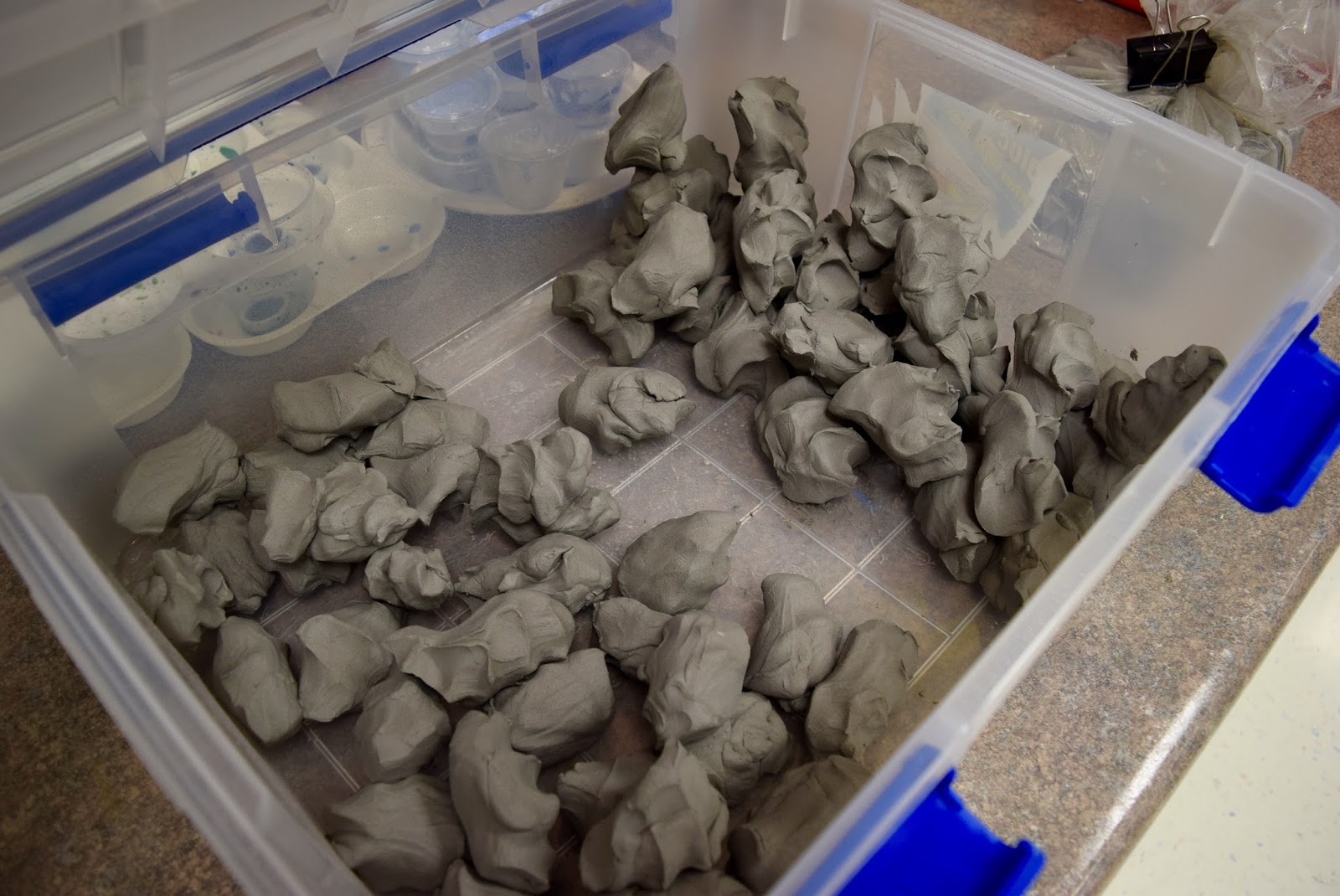
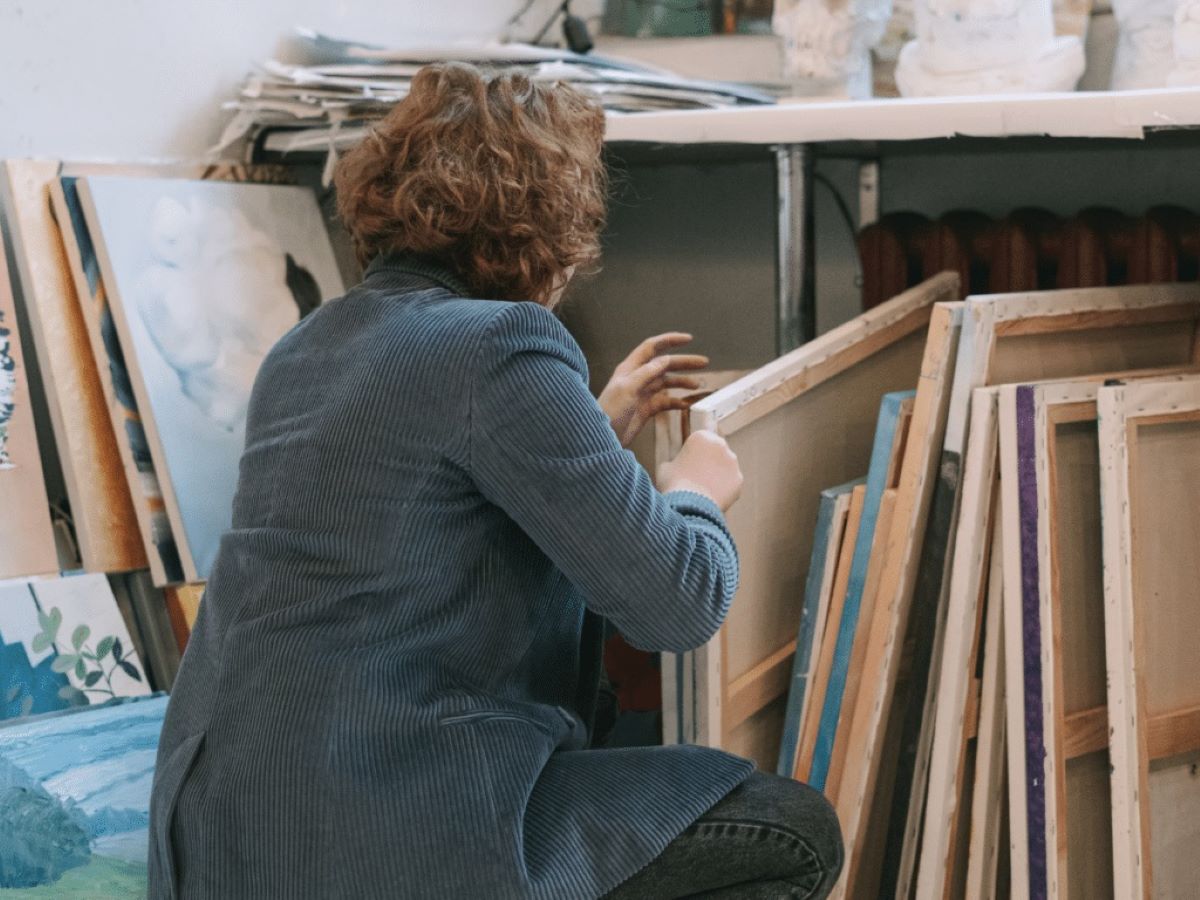
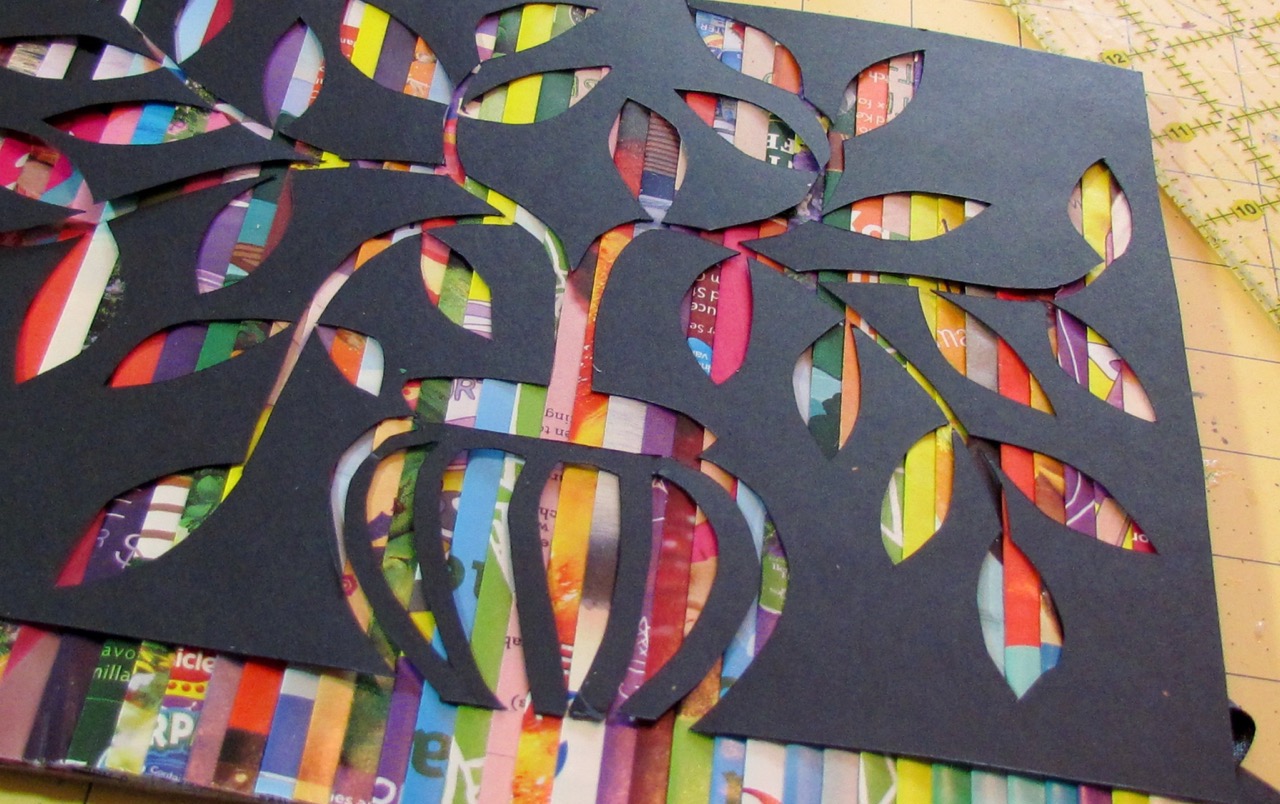
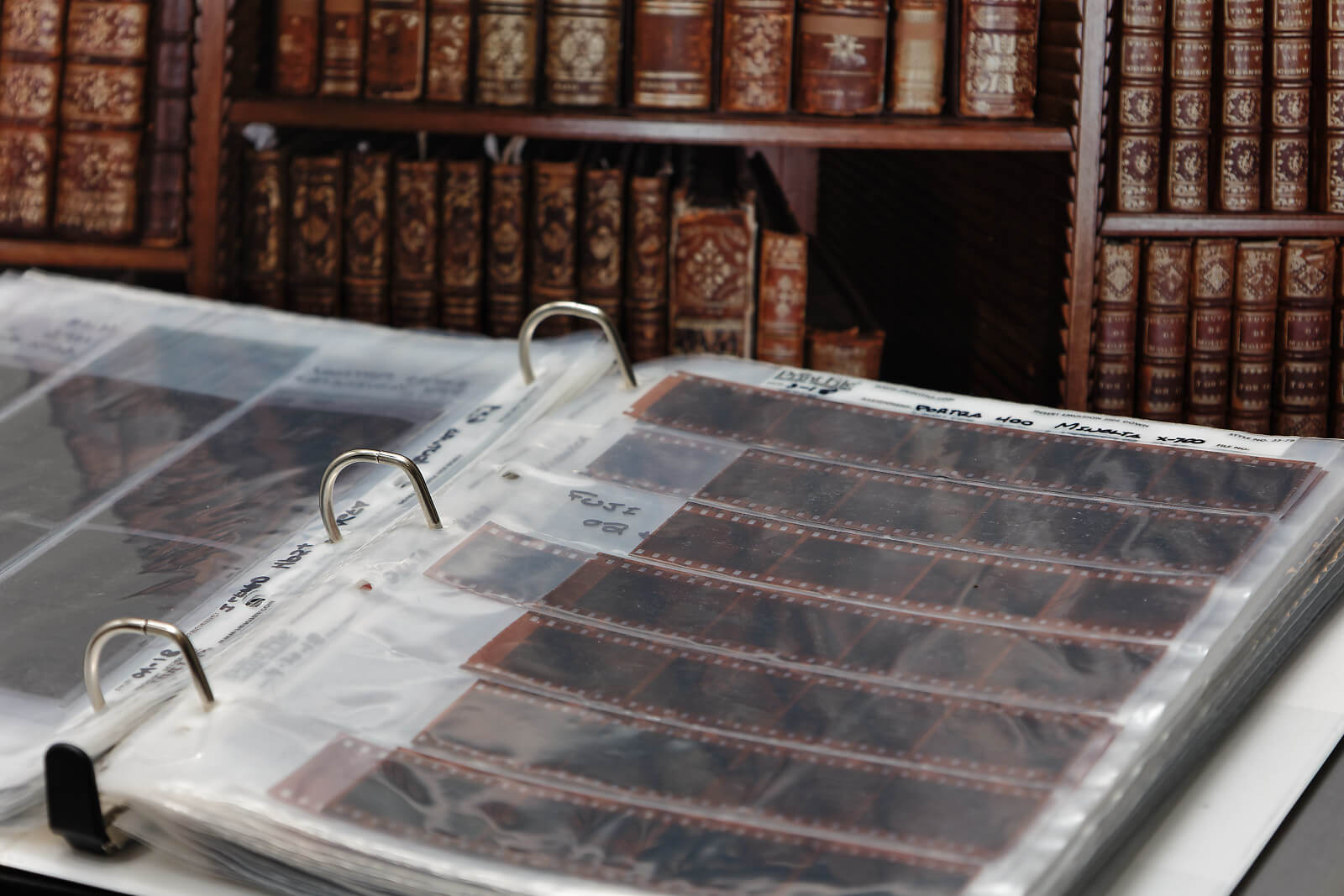
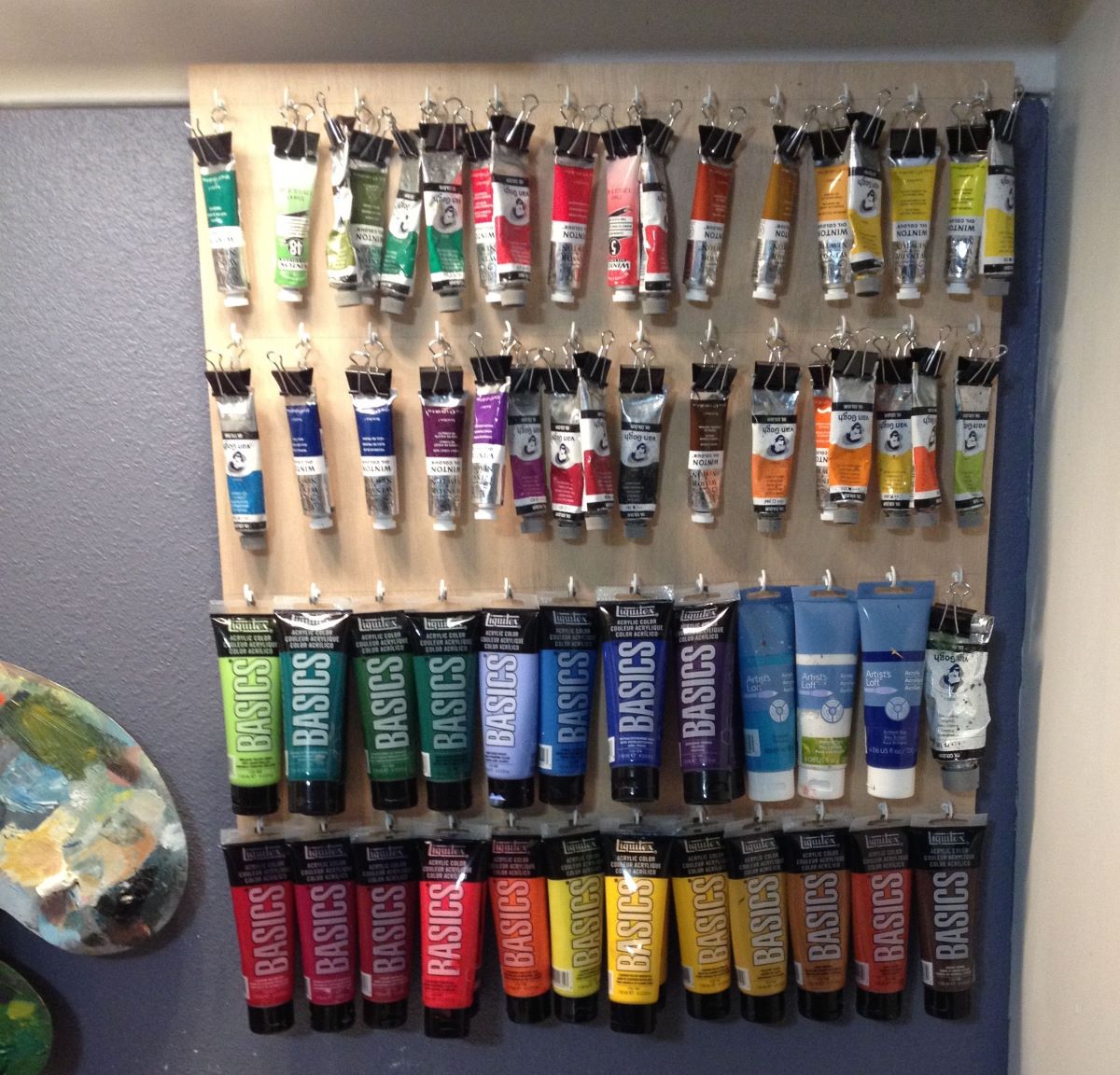
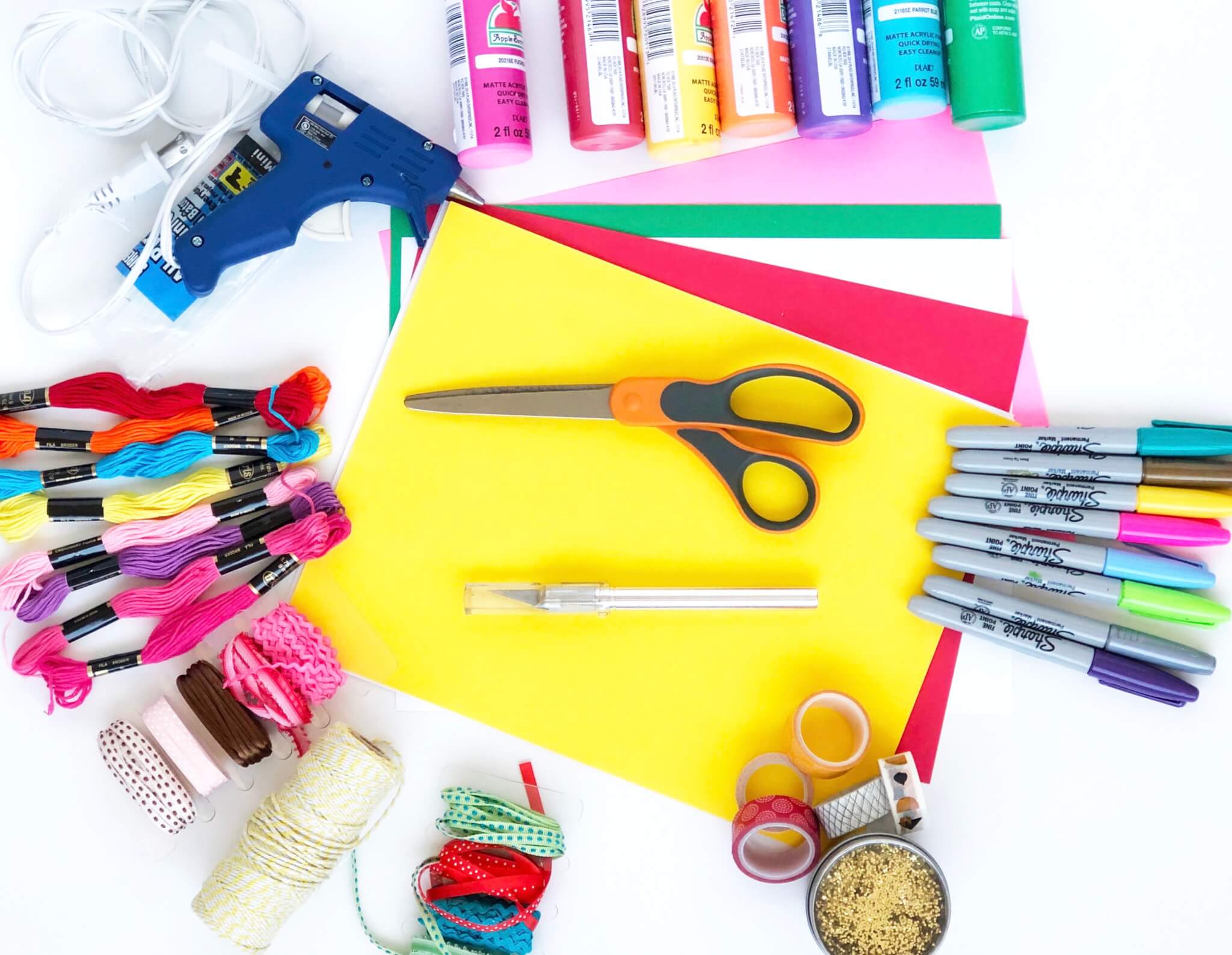
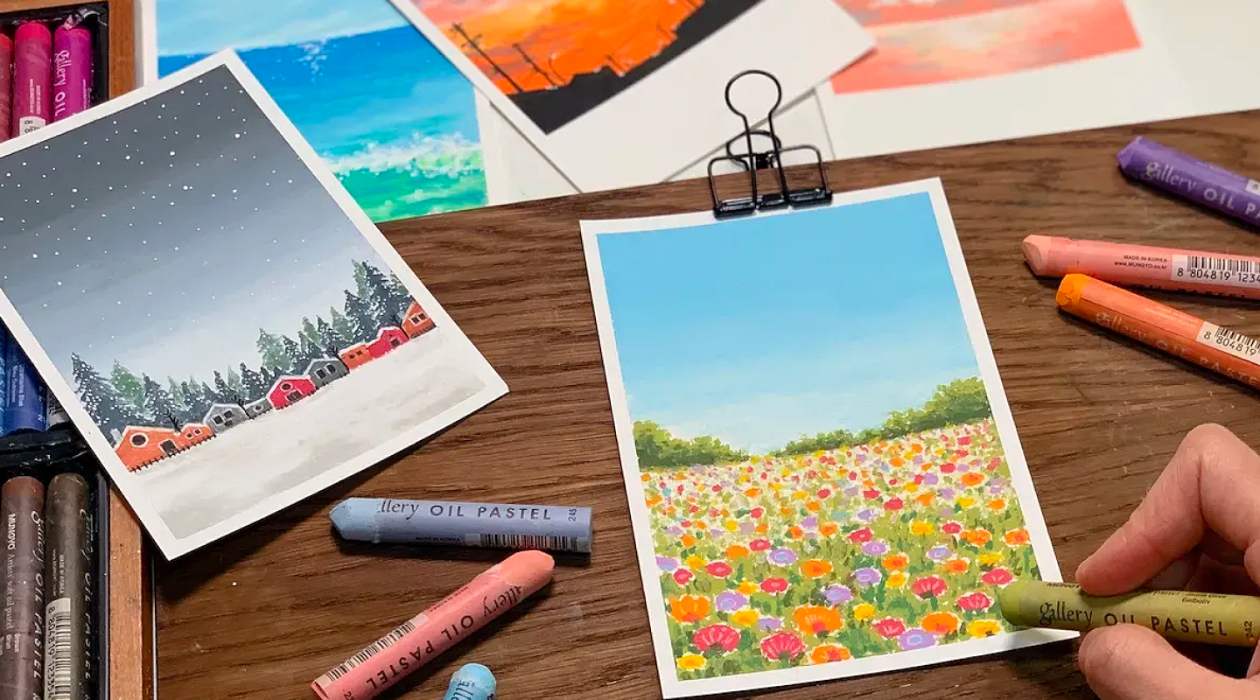

0 thoughts on “How To Store Art Supplies In A Small Space”